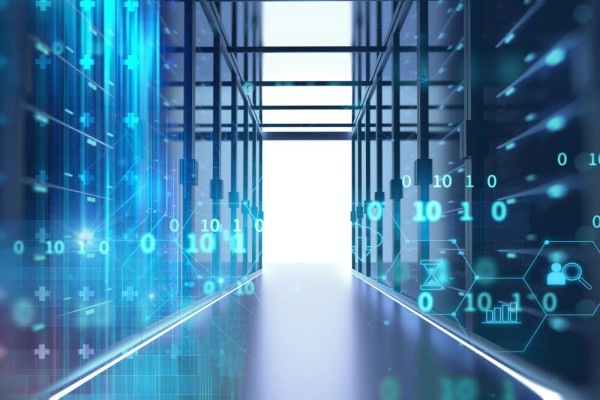As the market for data centers, which are the core infrastructure of data transformation, has been growing rapidly, there has been a growing level of concerns towards stable supply of power as data centers are overly concentrated in Seoul and other metropolitan cities. Based on this trend, amount of power consumed by data centers is estimated to double in three years compared to last year. If the phenomenon where data centers are continued to be concentrated in particular area, there can be a setback to supply of power to the corresponding data centers.
Many have been pointing out that there needs to be solutions in advance by going over the current situation of data centers in different areas and plans of data centers in the future. It is reported that the South Korean Government is also looking into possible solutions that include evaluations on impact by data centers.
According to the industry on Monday, some within the industry have been pointing out that there can be a supply and demand issue with power within the next couple years as data centers have been concentrated in Seoul and other major metropolitan cities. It is reported that the Korea Electric Power Corporation (KEPCO) recent had a discussion with the data center industry about the current situation.
Based on the Korea Data Center Council’s investigation, 24 new private data centers will be built by 2024. If 19 data centers that are in a planning stage are included, more than 40 new data centers will be built by 2024. They are expected to consumer about 902 MW of power in 2024 which will be about 2.2 times greater than the amount of power consumed by data centers last year (398 MW). Because the amount of power is only related to IT equipment such as servers and storage, additional 30 to 40% power is likely needed considering amount of power that will be needed for non-IT equipment such as cooling equipment.
As amount of power that is used for data centers increases at a rapid speed, there has been a growing level of concerns towards a phenomenon where data centers are concentrated in a particular area.
According to the council, 60.1% of entire data centers including private and public data centers in 2019 were located in Seoul (34.2%) and Gyeonggi-do (21.5%). Looking at only private data centers, 7 (74.4%) out of 10 data centers were located in Seoul (42.2%) and Gyeonggi (27.8%).
“Because customers prefer a nearby location when they use data centers, it is inevitable that data centers are concentrated in Seoul and other major cities.” said one representative from the industry. “Most of private companies and the public sector that are considering additional data centers or preparing a new data center are preferring Gyeonggi-do that is near Seoul.”

It takes between two to three years before a land is selected for a data center and the corresponding data center is built. If this phenomenon where data centers continue to be concentrated in major cities such as Seoul, there can be an issue with supply and demand of power.
“The Japanese government also prepared solutions such as an incentive for tenant companies of data centers in order to prevent data centers from being concentrated in major cities such as Tokyo and Osaka.” said an official from the council. “As the industry continues to grow, it is now time to look over the current situation of data centers and consider ways to spread data centers to rural areas.”
It is reported that the Korea Electric Power Corporation also recognizes the current issue. Although there has yet to be any official agreement, the corporation has shared information and opinions with the industry. However, it has not been easy for the corporation to decide on building new transmission lines and substations that can cause a social conflict as it faced an acute conflict in the past when it was trying to build 765 kV transmission lines and transmission towers in Miryang-si. It is also facing opposition from Hoengseong-gun and Hongcheon-gun regarding construction of transmission lines that connect the eastern coast of Korea and New Gapyeong.
The South Korean government is also trying hard to come up with solutions for this current issue.
The Ministry of Trade, Industry and Energy is looking into introducing a ‘power impact evaluation system’ for facilities such as data centers that consume large amount of power through its ‘distributed energy vitalization roadmap’ that is expected to be announced this first half. An official from the ministry said that transmission lines can cause a social conflict and that the system will require data centers to be built in specific areas.
The energy industry emphasized that there needs to be an excellent idea that will have data centers operating without having to build additional transmission line or substation. Regional dispersion is one idea. A representative from the industry said that it has become extremely difficult to build transmission lines ever since the issue with transmission towers in Miryang-si and that it is desirable to shift attention to areas where demands for power are relatively low as possible candidates to build data centers.
Staff Reporter Kim, Jiseon | river@etnews.com & Staff Reporter Byun, Sanggeun | sgbyun@etnews.com